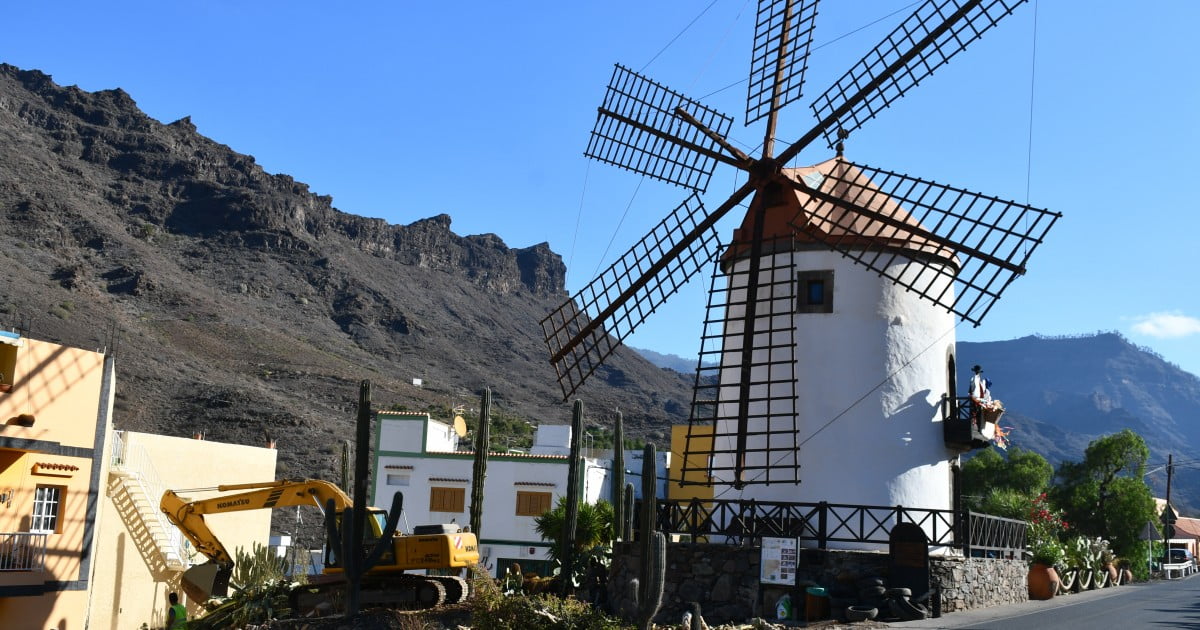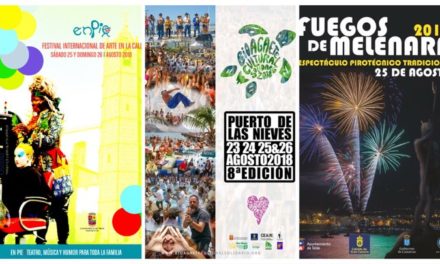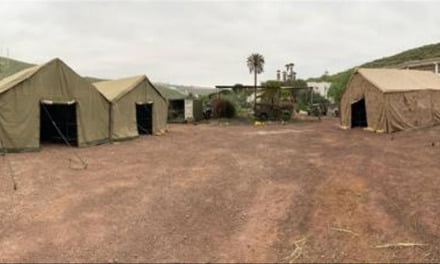This month works have begun on the famous old Mogán windmill, known as the Molino de Viento or Molino Quemado de Mogán, and the surrounding grounds for “musealisation” of the site, preparing it to become an official museum exhibit. Once completed, there will be new toilet facilities and a reception, sales area, cultivation area, children’s games as well as other features to attract visitors to learn more about this important and historic landmark. February of this year already saw the final completion of the museum and exhibition assembly inside the building itself.
The works, which are scheduled to finish within six months, have been awarded by the Government of the Canary Islands after Mogán Town Council temporarily ceded the land for to the Regional Government for conditioning, although the local Administration continues to own the property, which has officially been designated of Cultural Interest (BIC).
The COVID-19 pandemic delayed the start of this work, which was scheduled for February. Now the machinery has been put into operation to recondition the surroundings of the Mill and proceed to the installation of a reception and administration module, another one for toilets and an arcaded structure, that will be covered with recycled materials and mimic the surrounding environment with hanging vines; it’s function will be to provide some shade and protect the service area from direct sun light, which will also include the sale of the municipality’s primary produce.
Once completed, those who visit the Molino Quemado will find a plaza with a space dedicated to the cultivation of cereals (wheat, barley, rye and millet) and a children’s play area. The cacti and the rest of the vegetation that due to the works have had to be removed from the plot, will be relocated in other gardens in the municipality.
Interior exhibition completed
Since February, the interior of the Molino Quemado has been equipped with models of the windmill’s own history and that of others existing around the Canary Islands; with touch screens on which you can access, in both Spanish and English, information on the mills of the archipelago, the different types of cereal grown on Gran Canaria and the traditional preparation of gofio; a showcase with a traditional hand mill, a mortar, and displays with different kinds of cereals and other legumes. On the last of the three floors of this historic building, posters have been included detailing the function of all the pieces of the Mogán Windmill.













